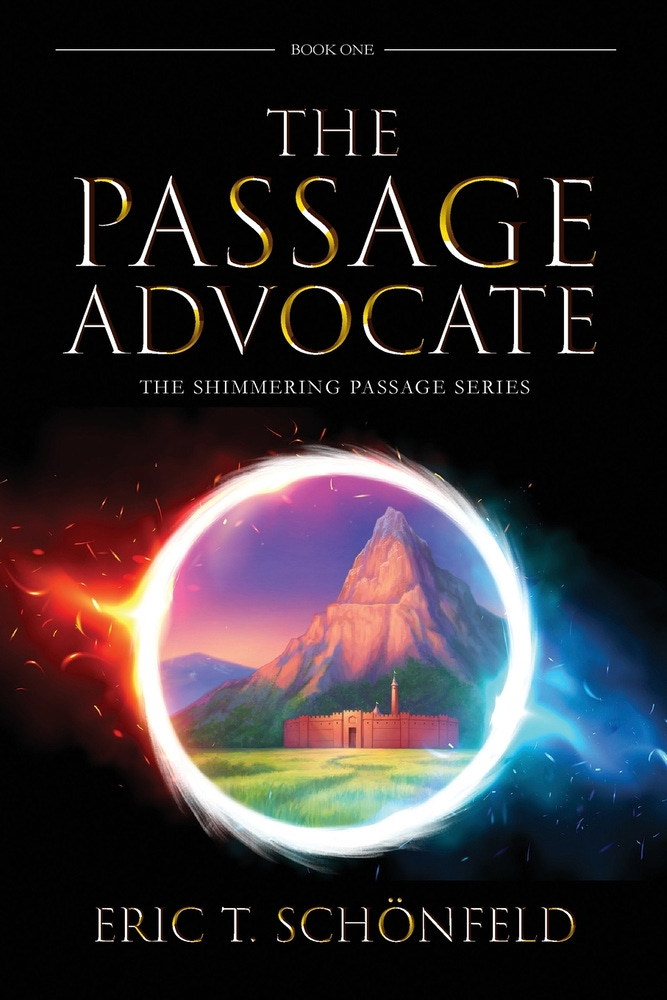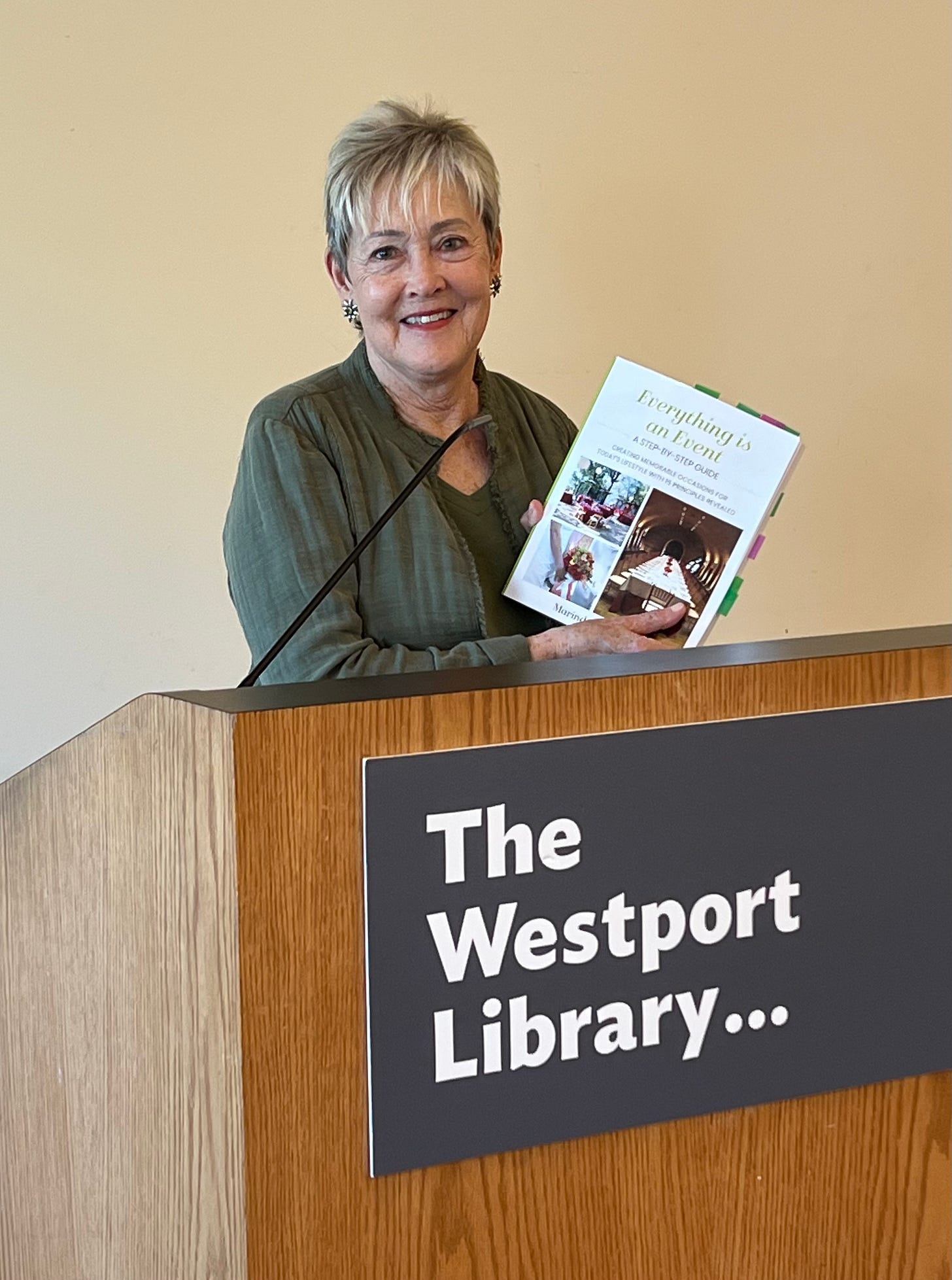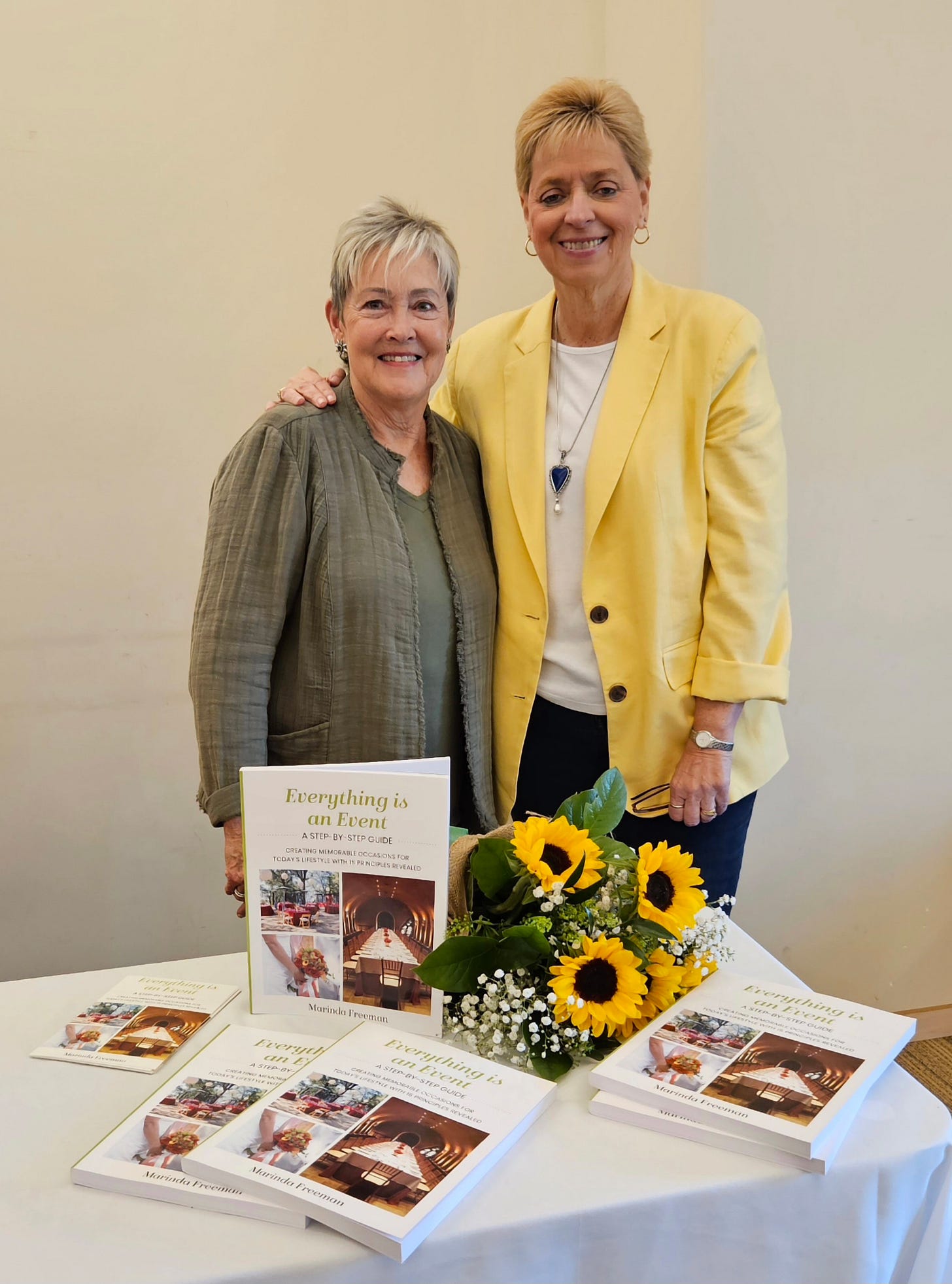Making the Imaginative Real—Create a World Readers Won't Want To Leave
Pull readers into your world!

Whether you're writing historical fiction, sci-fi, fantasy, romance, or any genre in between, it's essential to draw readers into your world and make them feel as if they could walk around in the realm you've described.
Some of the most popular works of fiction do this remarkably well. Series including Harry Potter, The Housemaid, Game of Thrones, and other well-loved books have unique settings that make readers fall in love with these stories.
If you haven't read books from these series or aren't a fan, think about one of your favorite books. Why did you enjoy reading this book so much? What emotions did reading the book evoke? More than likely, the setting played a significant role in how you felt about the book—even if you didn't consciously recognize it.
Though most writers recognize that a dynamic setting is a crucial part of storytelling, that doesn't mean it's easy to write. Many writers find it easier to describe moments of intense action or realistic dialogue but struggle when it comes to creating convincing settings. So, let's talk about a few ways you can write a believable setting in your next work!
(And while it's particularly important to create lived-in settings in fiction since readers come into your book without a frame of reference, you still want to create authentic settings in nonfiction. Even though we're focusing on setting in fictional works, many of these tips can be applied to nonfiction, too!)
Allow yourself to practice writing exercises that focus solely on setting.
Translating the images you have in your mind and putting them down on paper can be tricky, but just like other elements of writing, describing your setting is a skill. There are a few quick exercises you can try if you want to boost your world-building abilities, including
If you're not sure what your setting will look like just yet, use a site like MapCrunch and choose a random location. Write prose to describe this setting and consider what characters might inhabit this place. Alternatively, you can write about how your characters would interact with this landscape if you have a story in mind.
Write down five words that describe your world. Use each descriptive word as a prompt; write images, scenes, or phrases that you can use to convey this feeling or mood to readers.
For example, let's say one word is "ethereal." My hypothetical book is a fantasy novel set in another realm. I might write, "Light glistens off dew-laden grass. Cat-like creatures with long, elegant wings drink from a nearby lake, purring contentedly as the sun warms their fur. A breeze catches the flowers on a blossoming tree, causing petals to drift to the ground."Practice writing about an environment from different perspectives. What do different characters notice about the same setting? How does it feel to write from a first-person perspective versus a third-person perspective when focusing on the setting?
You don't necessarily have to use what you write in these practice sessions in your book. However, you'll probably want to save these exercises; you can come back to them later if you're looking for details to include about your world. You might find that you love a particular phrase or piece of imagery you created while practicing. (Alternatively, you may dislike how you described something—that's okay, too! It's helpful to know what your world isn't as well, so take note of that, too.)
Remember that your readers won't know what you don't tell them.
This might sound obvious, but it's surprisingly common for writers to make the mistake of sharing too little about their settings. So often, we have a strong idea of what our setting looks like and how it feels. By the time we're reading to write about it, we can easily imagine what it would be like to experience this realm; we know this world's history, how the characters would interact with each other, and what makes society tick.
However, our readers don't know what we don't put on the page. The immersive socio-political structures and the complex creatures you've created have to be translated into your story. You won't put everything you've thought about into your book, of course, but you want to include enough details that your world feels lived-in.
If you struggle to identify crucial information, pretend someone has asked, "What's the setting of your book?" Before you start writing, think about how you'd verbally answer this question. If you're answering an on-the-spot question out loud, you're automatically going to give the person essential information. That doesn't mean you should restrict yourself to exclusively sharing this information and nothing else; however, it should make it a bit easier to recognize the pieces of your setting that are essential to the story and must be included.
Know that when and how you share details about your world are just as important as what you share.
As you let readers into your realm, you might be tempted to give them a lot of information at once. Sharing an excessive amount of information about a setting is a common mistake many new writers unintentionally make. Why do so many writers do this? Because they (understandably) want readers to be quickly grounded in their worlds so they can start with the stories!
However, you want to be strategic about when and how you share information. You want the world to feel solid and real, which you can do by showing characters existing and interacting with the world around them. Often, you weave these descriptions into the story rather than writing paragraph upon paragraph solely about the setting (though there are exceptions, of course). How you write about your setting can impact the mood and pace of the story, and you can use this to your advantage.
Let's look at two made-up examples that show how you can use setting to affect the mood and pace of your story.
1) The hillside where she now sat overlooked the small mountain town below. As dusk arrived, people turned on their porch lights, though from her vantage point, it looked like warm, distant Christmas lights shone from the valley. She glanced up at the stars, which were just beginning to dot the sky. Lying down, the grass tickled her skin, but she didn't mind. For once, her mind was quiet.
2) He ran through the forest, branches and thorns constantly snagging against his clothes, leaving behind cuts and scrapes. Thunder cracked overhead, and his boots squelched in the mud. Looking over his shoulder, he didn't notice the thick vines hidden in the underbrush ahead. Rope-like, they caught around his limbs, and he staggered before falling. The tendrils were taut. Unyielding. No matter how hard he tugged at them, they refused to give. Rain pelted against leaves, and in the darkness, it seemed that the trees were closing in around him.
In the first example, the environment depicts a relaxed scene. The weather is pleasant, and using the familiar imagery of Christmas lights will hopefully help readers feel a sense of peace. The pace is slower here, and the mood is calm; the character seems at home in this setting. In the second example, however, the environment is hostile, almost like a character itself. The setting works against the character and helps to create tension.
Of course, these are just small examples, but hopefully they give you an idea about how you can use your setting to impact your readers' perceptions.
Creating an exciting, unique setting can help readers care about the world your book is set in and the story you're telling. Even though it can be tricky, it's worthwhile to put in the effort to craft a memorable setting.
What books have you read with unforgettable settings and worlds? We'd love to know!
We’re building a community dedicated to helping writers share their stories with the world. Want to join us? Hit the subscribe button below. :)
If you are writing a book and want a hand, let us know! Our team—Kim, Emily, and Jean—would love to help you with creating your book. If you'd like to talk about your idea or want advice, we are here for you. Even if we don't work together, I'm happy to share what I know. Book a 30-minute complimentary consultation by clicking here:
https://www.kwepub.com/consultation
We look forward to hearing about your incredible book project.
Write on!
Kim Eley
KWE Publishing
“Make visible what, without you, might perhaps never have been seen.”
– Oprah Winfrey
Pre-Order The Passage Advocate!
If you’re looking for your next fantasy fix, you won’t want to miss the first book in The Shimmering series, The Passage Advocate by author Eric T. Schönfeld!
When Johanna Langley starts seeing visions of another life, she feels her world slipping away—yet nothing could prepare her for the journey that awaited her. During a vacation in the Colorado Rockies with her boyfriend, Nate, and her son, Daniel, their retreat is abruptly ended when the trio's fate collides with a group of spring break revelers that lands them in the unthinkable—a completely foreign world seemingly unconnected with the one they left behind.
In this new world where supernatural creatures and ulterior motives from those around them are the norm, Johanna and her companions must forge alliances and navigate growing tensions among themselves. As they begin to display signs of new and mysterious abilities, they face hidden forces determined to trap and entangle them in dangerous political power struggles. With only a wise, enigmatic wizard as their guide, the companions fight to uncover the way home—if only they can survive long enough to find it.
Author Event Recap: Marinda Freeman’s Library Book Event!
On Friday, May 2, 2025, Everything is an Event author Marinda Freeman held a wonderful event all about making your next get-together the best yet at the Westport Library! Filled with food, fun, and fantastic tips on hosting amazing celebrations regardless of the occasion, the Westport Library event was a major success! Marinda also answered questions from attendees and held a book signing.
KWE Team Member Jean Sime Speaks at National Kidney Foundation Event!
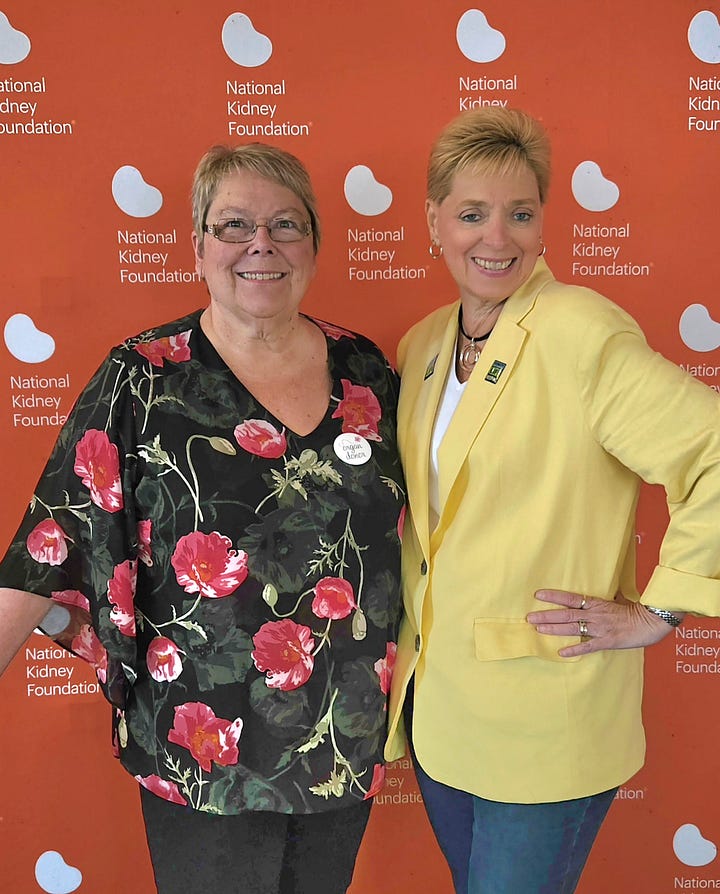
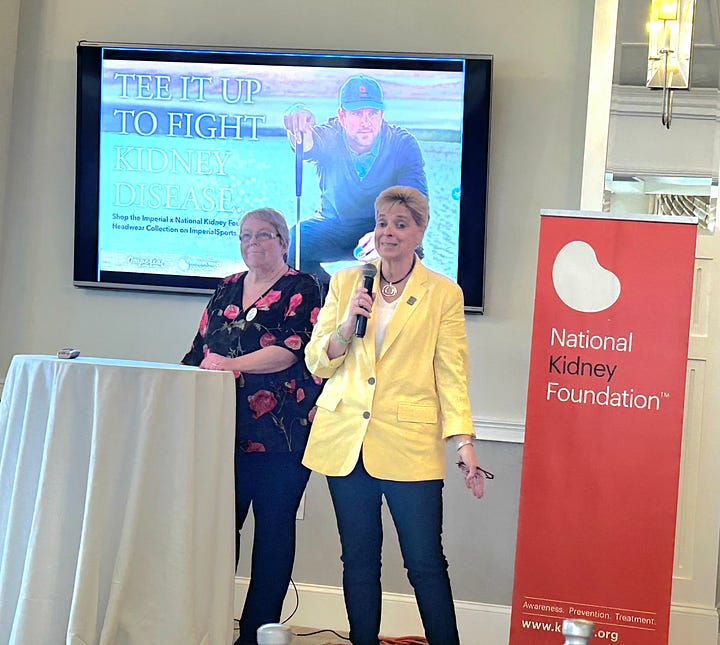
Our very own VIP Marketing Concierge, Jean Sime, and her living kidney donor, Patricia, were invited to be guest speakers at the National Kidney Foundation’s Annual Golf Outing in New Jersey.
“Sharing your story with others will not only create awareness but also provide inspiration and hope. Whether you share your story in a book or in your daily conversations, please do. Share your story—someone is always listening and needs to hear it,” Sime says.
Resources:
Here at KWE Publishing, we want to share a few of our favorite resources with our newsletter readers. Check back weekly to see what resources we recommend!
We love listening to a good podcast, and one of our recent favorites is The Shit No One Tells You About Writing. Hosted by bestselling author Bianca Marais and literary agents Carly Watters and Cece Lyra from P.S. Literary Agency, episodes of The Shit No One Tells You About Writing include interviews with literary experts, candid answers to publishing questions, and much more.
There’s also a spin-off newsletter (
), where you can find great advice and guidance about the publishing industry. While its focus is on emerging writers, writers from all levels can still find helpful info there!




